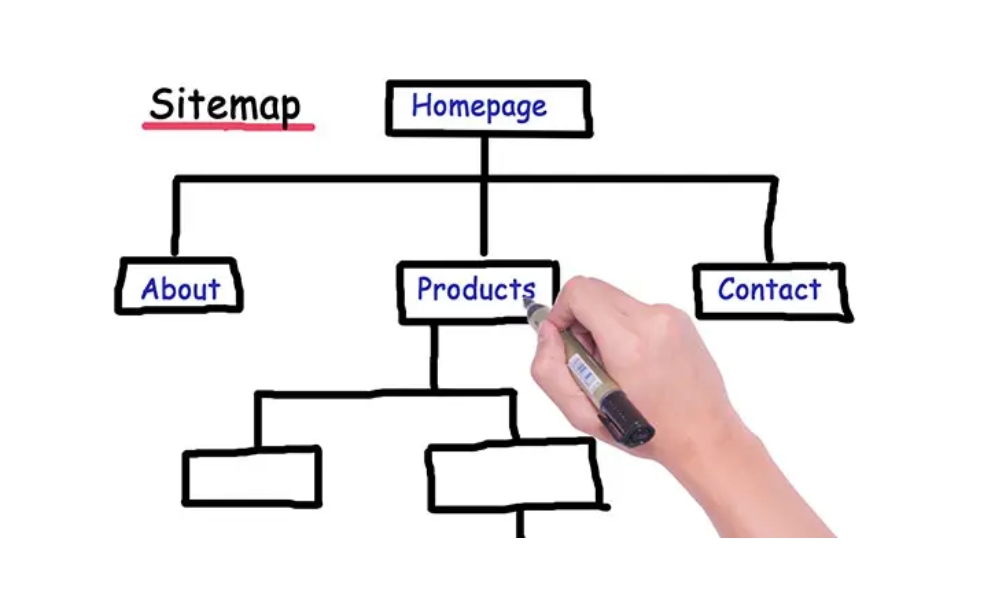Introduction
In the vast world of the internet, search engines like Google need a way to discover and index the content of your website. One of the most effective tools for this purpose is a sitemap. If you’re running a WordPress site, understanding sitemaps and learning how to add one can significantly boost your site’s visibility and SEO performance.
What is a Sitemap?
A sitemap is essentially a blueprint of your website that helps search engines easily find, crawl, and index your content. It lists all the important pages of your website in a structured format, ensuring search engines don’t miss any valuable content.
There are two main types of sitemaps:
- XML Sitemaps – Designed specifically for search engines. These sitemaps make it easier for search engines to understand the structure of your site.
- HTML Sitemaps – Created for users to navigate your site easily. It’s a simple page that lists all your important links.
For SEO purposes, we primarily focus on XML Sitemaps.
Why Does Your WordPress Site Need a Sitemap?
Here’s why having a sitemap is crucial:
- Faster Indexing: New content gets indexed faster by search engines.
- Better Crawling: Helps search engines discover pages that are deeply nested or not linked effectively.
- Improved SEO: Ensures all important pages are indexed, boosting your site’s visibility.
- Structured Navigation: Even if some pages are isolated, search engines can still find them through your sitemap.
How to Create a Sitemap in WordPress
There are two main methods to create a sitemap in WordPress:
Method 1: Using the Built-in WordPress Sitemap (WordPress 5.5 and above)
Since WordPress 5.5, a default sitemap is automatically generated. To access it, simply go to:
https://yourwebsite.com/wp-sitemap.xml
You should see an auto-generated list of all your site’s important pages.
Method 2: Using SEO Plugins
To get more control and customization, you can use popular SEO plugins:
- Yoast SEO
- Go to SEO → General → Features.
- Enable XML Sitemaps.
- Click the question mark (?) icon and then click See the XML Sitemap.
- All in One SEO (AIOSEO)
- Navigate to All in One SEO → Sitemaps.
- Enable the Sitemap feature.
- Customize the pages you want to include.
- Rank Math
- Go to Rank Math → Sitemap Settings.
- Configure what to include in your sitemap.
How to Submit Your Sitemap to Google
Creating a sitemap is only the first step. You also need to submit it to Google Search Console:
- Visit Google Search Console.
- Go to Sitemaps in the left-hand menu.
- Enter your sitemap URL (e.g.,
https://yourwebsite.com/sitemap.xml). - Click Submit.
Google will now start crawling and indexing your content more effectively.
Best Practices for Sitemaps
- Keep it Updated: Whenever you add new content, your sitemap should update automatically.
- Avoid Broken Links: Ensure your sitemap only includes valid URLs.
- Limit the Number of URLs: Sitemaps can include up to 50,000 URLs. For larger sites, consider breaking it into multiple sitemaps.
- Check for Errors: Use tools like Google Search Console to monitor sitemap errors.
Conclusion
A well-structured sitemap is a critical part of your SEO strategy. By creating and submitting a sitemap, you’re helping search engines discover your content faster and more efficiently. Whether you use WordPress’s built-in feature or an SEO plugin, the process is simple yet powerful.
Get started today, and watch your site’s visibility improve! For professional assistance, contact CallSP today

